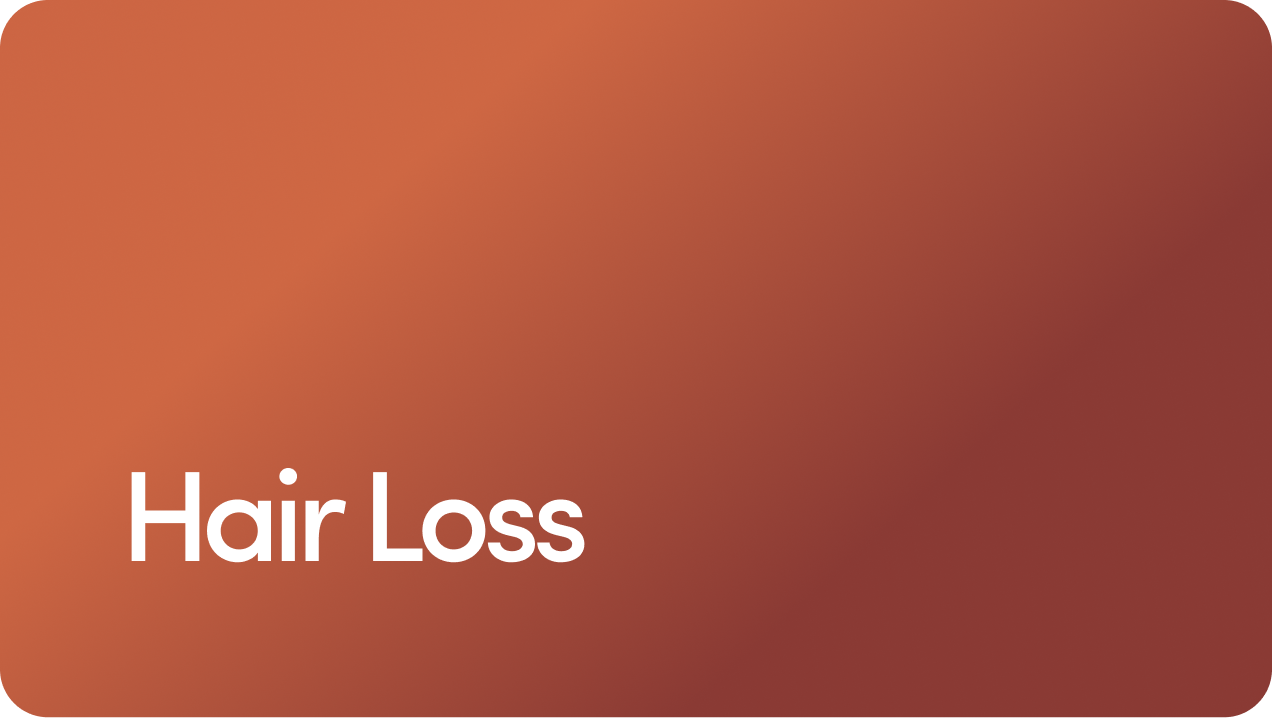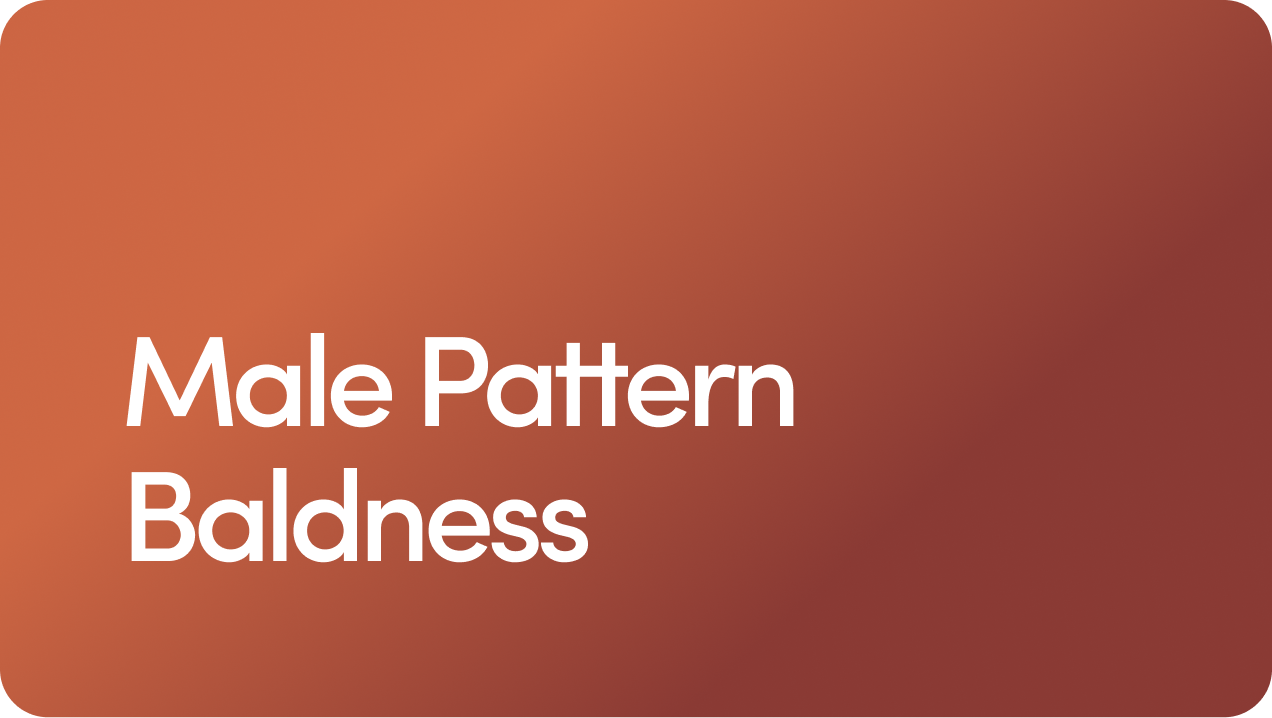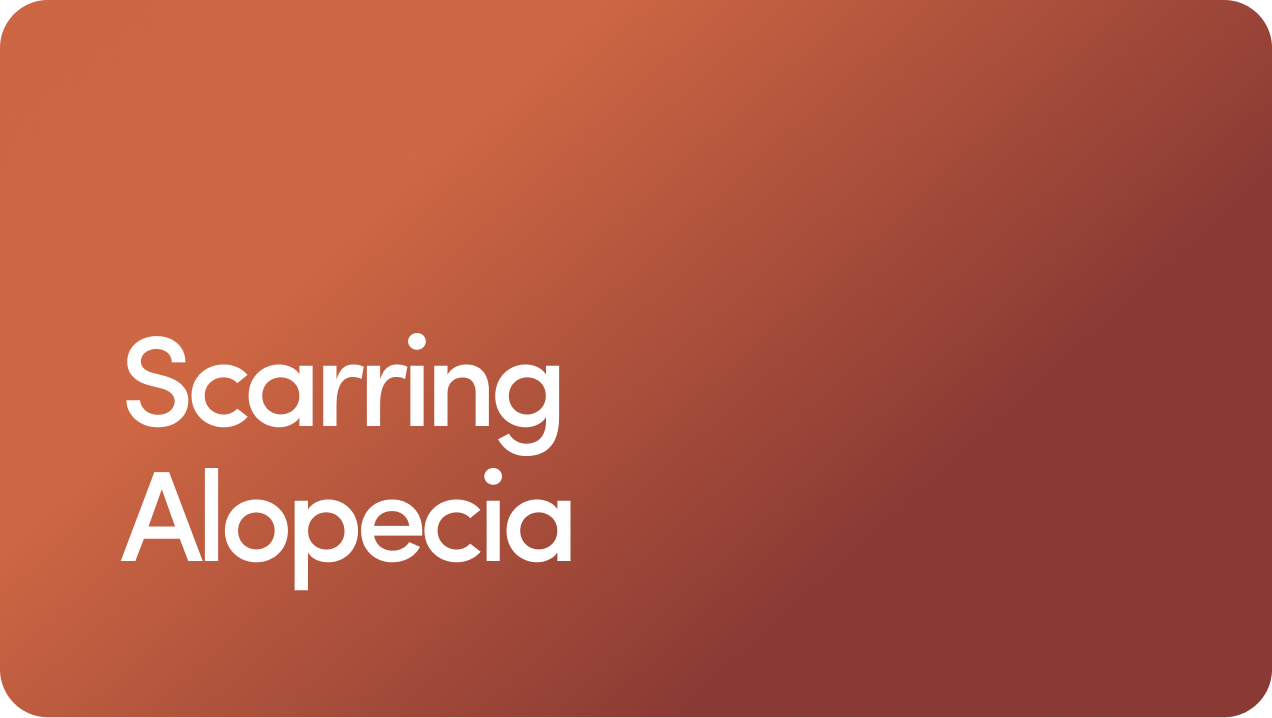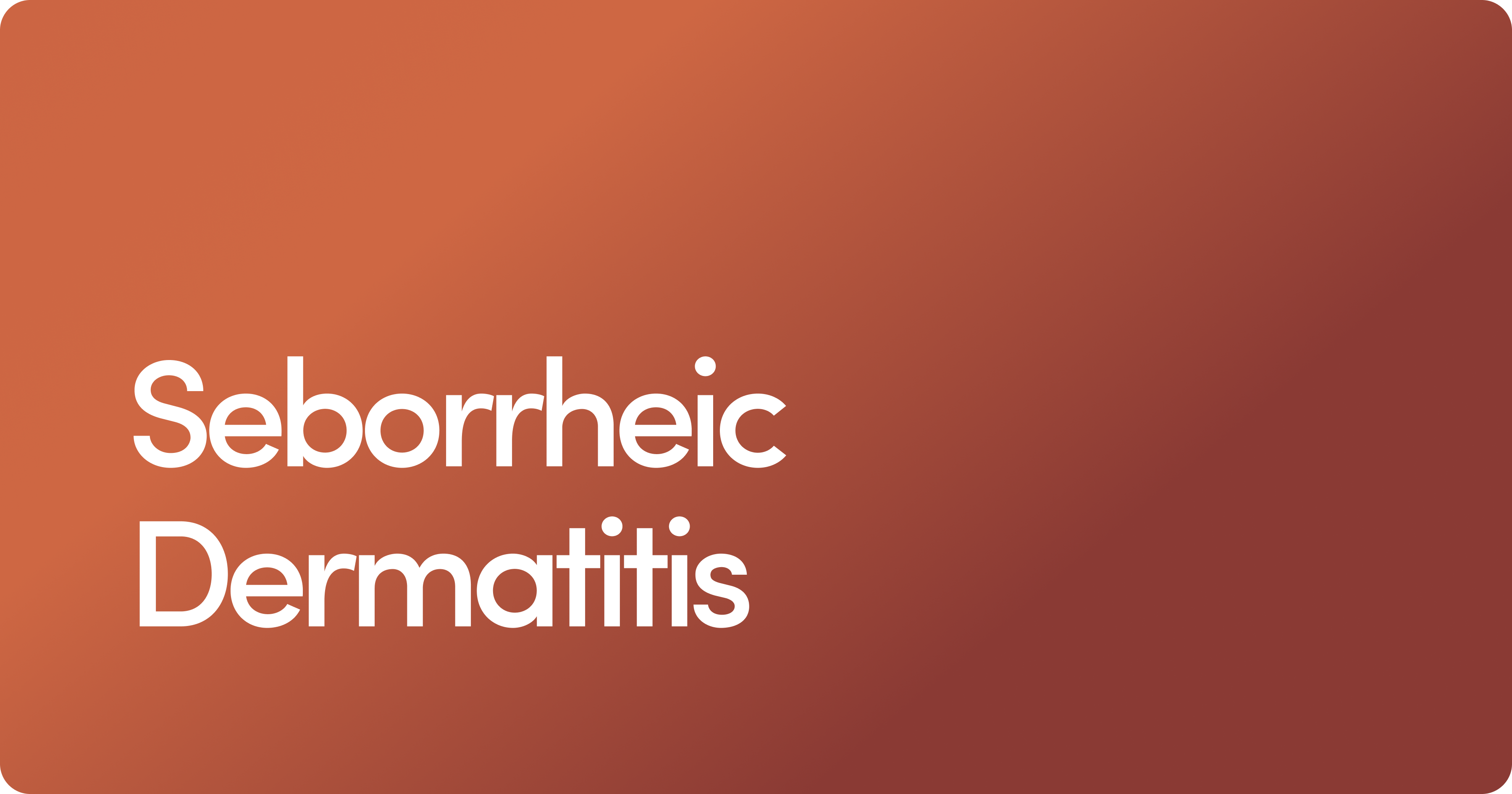Hair Type
One critical but often overlooked aspect of men’s haircare is knowing your hair type and texture.
Overview
Hair Type
One critical but often overlooked aspect of men’s haircare is knowing your hair type and texture.
Whether you have thick, fine, wavy, curly, or coily hair, understanding male hair types can help you choose better hairstyles, haircuts, hair care products, and routines, setting you on the path to healthy hair growth and maintenance.
Each male hair type can benefit from specific products and care practices to ensure hair grows to its full potential. But there’s no need to go down an internet rabbit hole of “different hair types for men” or “what are the types of hair?” to figure out which one you have. We’ve got you covered right here.
The Basics
The Basics of Hair Type
Historically, hair type has been based on ethnic background, with different hair types sorted into subgroups of African, Asian, Caucasian, or European hair.
However, this classification system is generally considered inadequate and outdated. It does not effectively account for the huge range of hair types and textures of hair that exist in each group.
If you spend any amount of time looking into hair texture or different hair types in men, you’ll likely come across a typing method created by Andre Walker, who’s best known as Oprah Winfrey’s hairstylist.
Walker’s system defines hair based on texture and curl pattern. While it isn’t totally scientific, the Andre Walker hair typing system has become increasingly popular. Here are the four basic hair types as Walker defines them:
Type 1: Straight hair
Type 2: Wavy hair
Type 3: Curly hair
Type 4: Kinky or coily hair
Walker breaks down each of the four types into subtypes based on curl pattern and texture. We’ll explore that more below.
You can glean simple things about your hair type or texture simply by looking at your hair when it’s clean and unstyled — for example, is it straight or curly? Do you appear to have a lot of hair, or is it more sparse? But traits like whether you have thin or fine hair (confusingly, they are not the same) are a little harder to tell just by looking.
Generally, the best way to know your hair type is to ask your stylist or barber for their opinion. These professionals encounter all sorts of hair textures and types daily, and they’ll likely have a good idea of your hair’s type based on its relative thickness, density, and appearance.
Things to Consider
Things to Consider About Hair Type
Several factors affect your hair type, including traits you’re born with and those that can change based on your environment and haircare habits.
The shape of your hair follicle dictates your hair type. Hair follicles may be microscopic, but they have a distinct shape that dictates whether the hair is coily, straight, or somewhere in between.
Hair type is largely genetic. Over several decades, researchers have identified many genes that could affect the shape and texture of hair. The specific genes that affect hair may vary based on a wide variety of factors, including ethnic background. That’s why it’s difficult to identify if there’s one most common hair type.
Curly hair is a dominant trait. This means that if one of your parents has curly hair, you’re more likely to, too (though there are undoubtedly many cases where the recessive straight-haired gene gets passed on).
Hormones can cause hair follicles to change shape. A shift in hormones — during puberty, for example — can change your hair type. That’s why it’s possible for straight hair to turn curly, or vice versa.
How you care for your hair matters. Certain hair treatments, such as bleaching your hair or using heat or chemicals, can change your hair texture by degrading the hair cuticle.
The climate where you live can affect your hair's health and texture. For example, exposure to UV radiation — the same type of radiation that can damage your skin — can break down your hair’s proteins and cause you to develop brittle hair that’s more likely to break. Your hair may also look more curly or frizzy in humid environments, which is a result of excess water from the environment being pulled into your hair.
Men’s Hair Types
How to Find Your Hair Type
What are the different hair types? We’ll cover that below. Depending on your hair’s texture, density, and other characteristics, you likely have one of the following hair types, according to Walker’s hair typing system.
Type 1: Straight Hair
Type 1 hair is straight and tends to become shiny or greasy easily, partly because the natural oil from the scalp travels down a straight follicle more quickly.
This hair type is divided into three major subcategories: 1A, 1B, and 1C. Subcategory 1A is the least voluminous and thick, while 1C has more volume and thickness, with coarser hair follicles and hair that’s larger in diameter.
Type 1A: fine hair with a very straight appearance
Type 1B: straight but shows some bends
Type 1C: straight but with a slightly more coarse texture (for example, it may get frizzy or wavy in the rain)
Type 2: Wavy Hair
Type 2 picks up where Type 1 ends. The hair in this category tends to have a subtle wave to it and is usually thicker than hair from the previous category.
Like other hair types, type 2 hair has three subcategories:
Type 2A: wavy and fine, with a limited diameter
Type 2B: wavy but has a more defined S-shape to its curl pattern
Type 2C: wavy with a clearly defined S-shaped pattern
Type 3: Curly Hair
The next type of hair determines the difference between wavy and curly hair in men.
Type 3 hair is usually full of bouncy, ringlet curls that may be easier to style but are more prone to frizz, dryness, and shrinkage.
Like other hair types, it has three subcategories, ranging from type 3A to type 3C:
Type 3A: loosely curled, with a flowing curly pattern when it grows longer
Type 3B: tight and springy curls, with a closer curl type
Type 3C: an S-shaped or corkscrew curl that straightens when pulled on but jumps back to its naturally curly shape when released
Type 4: Coily Hair
Type 4 represents the curliest and kinkiest hair shape of them all. It typically boasts the most coarse texture. This type of hair is often called coily hair, as each strand tends to form into a tight curl with a zig-zag pattern.
Like other hair types, type 4 hair has three subtypes:
Type 4A: defined as loosely coiled, meaning it has medium-sized coils that are loosely packed
Type 4B: has a zig-zag shape
Type 4C: the most densely packed, with the tightest zig-zag pattern
Men’s Hair Texture
How to Find Your Hair Texture
Here’s where things get a little more complicated. In addition to hair being straight, wavy, curly, or coily, there are also different types of hair textures, which is a measure of how thin, thick, fine, or coarse your hair is.
Thin hair: If you have thin hair, you have a low density of hair on your scalp, meaning you have a relatively lower amount of individual hairs on your head. If you have thin hair, you have fewer hair strands per square inch, so the scalp may show through.
Thick hair: If you have thick hair, you have a lot of strands of hair per square inch of the scalp. Thick hair usually has a fuller appearance.
Fine hair: Fine hair describes the diameter or width of your individual hair strands, meaning each strand is small and delicate. Fine hair can be thick in density (you may have a lot of it), but the strands themselves are thin.
Coarse hair: Each hair strand has a bigger diameter and is stronger and thicker to the touch. Coarse hair often feels rougher and is more resistant to styling.
In one study, researchers compared loose hair strands from people of a variety of different backgrounds and found that they varied in diameter from about 30 to 74 micrometers. (For reference, a micrometer is 0.001 millimeters — so, extremely tiny.)
Your hair has several properties at once. For example, you can’t have coarse, fine hair (because they’re opposites), but you can have coarse, thin hair or fine, thick hair.
Haircare Tips by Hair Type
Haircare Tips to Avoid Damage
The best way to care for your hair to avoid damage is determined in some ways by your hair type.
Straight Hair
Avoid over-washing: Straight hair tends to get oily faster, but frequent washing can actually encourage the scalp to produce more oil because the natural oils are being stripped away. Try washing every other day, or use dry shampoo as needed.
Use lightweight products: Heavy conditioners or serums can weigh down straight hair, making it look limp or greasy.
Heat-style in moderation: Straight hair can be prone to heat damage, which shows easily as split ends. Always use a heat protectant and keep tools at a lower temperature.
Wavy Hair
Don’t overdo the heat: Wavy hair can lose its natural pattern if exposed to too much heat, so air-dry whenever possible. As with all hair types, if you are going to heat style, use a heat protectant and hold the blow dryer at least six inches away from your hair.
Add lightweight moisture: Wavy hair often benefits from lightweight creams or gels that enhance natural waves without weighing them down.
Curly Hair
Skip daily washing: Curly hair is naturally drier, so washing too often can strip essential oils. Stick to once or twice a week (your hair will get used to this cadence).
Use conditioner: Use a rich conditioner every wash to add flexibility and strength to hair and make it easier to detangle without breaking.
Avoid brushing when dry: Brushing curly hair when it’s dry can create frizz and disrupt your natural curl pattern. Instead, use a wide-tooth comb while your hair is wet.
Coily Hair
Moisturize regularly: Because of the sharp bends in coily hair, it tends to be the most fragile and prone to dryness. Regularly using deep conditioner and leave-in conditioner products can help add moisture back into the strands.
Use a silk bonnet or pillowcase: Coily hair can easily tangle or frizz from friction — sleeping on silk or satin helps to reduce friction and cut down on frizz and knots.
Our guide to men’s hair care tips goes into more detail about how you can use different products to take care of your hair, whether you have hair that’s fine and straight, thick and curly, or coily and coarse hair that needs some extra hydration.
7 Sources
- American Academy of Dermatology. (n.d.). Must-try summer hair care. https://www.aad.org/public/everyday-care/hair-scalp-care/hair/summer-hair-care
- De la Mettrie R, et al. (2007). Shape variability and classification of human hair: a worldwide approach. https://pubmed.ncbi.nlm.nih.gov/18078200/
- Hasan R, et al. (2022). Effects of hormones and endocrine disorders on hair growth. https://pmc.ncbi.nlm.nih.gov/articles/PMC9788837/
- Hoover E, et al. (2021). Physiology, hair. https://www.ncbi.nlm.nih.gov/books/NBK499948/
- MacDonald J. (2018). Why do some people have curly hair and others straight? https://daily.jstor.org/why-do-some-people-have-curly-hair-and-others-straight/
- National Library of Medicine. (2022). Is hair texture determined by genetics? https://medlineplus.gov/genetics/understanding/traits/hairtexture/
- Yang FC, et al. (2014). The structure of people’s hair. https://www.ncbi.nlm.nih.gov/pmc/articles/PMC4201279/
Editorial Standards
Hims & Hers has strict sourcing guidelines to ensure our content is accurate and current. We rely on peer-reviewed studies, academic research institutions, and medical associations. We strive to use primary sources and refrain from using tertiary references. See a mistake? Let us know at [email protected]!
Related Conditions
 Hair Loss
Hair Loss
 Male Pattern Baldness
Male Pattern Baldness
 Dandruff
Dandruff
 Scarring Alopecia
Scarring Alopecia
 Seborrheic Dermatitis
Seborrheic Dermatitis
*All images feature a model portrayal
(unless otherwise noted).
